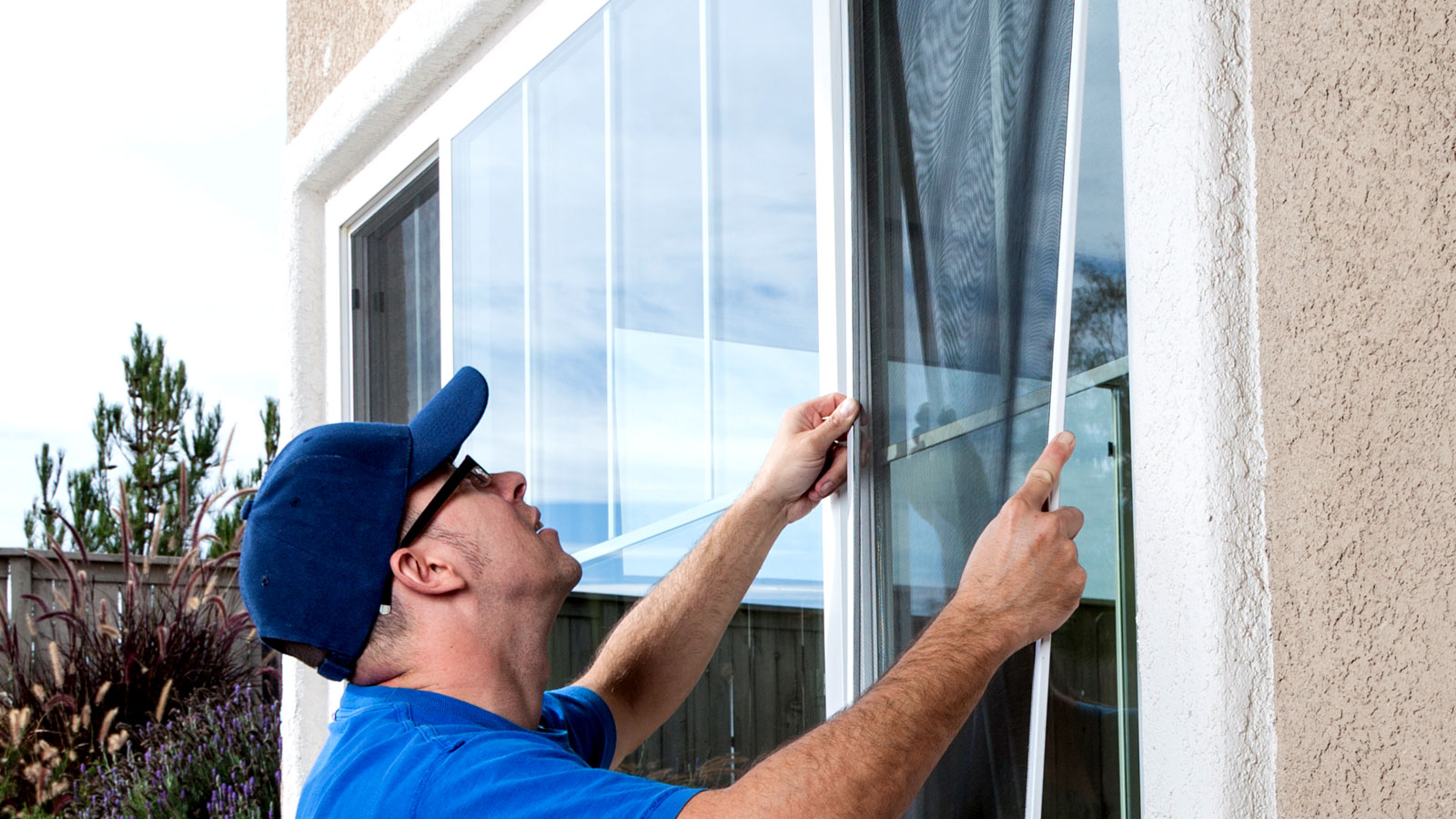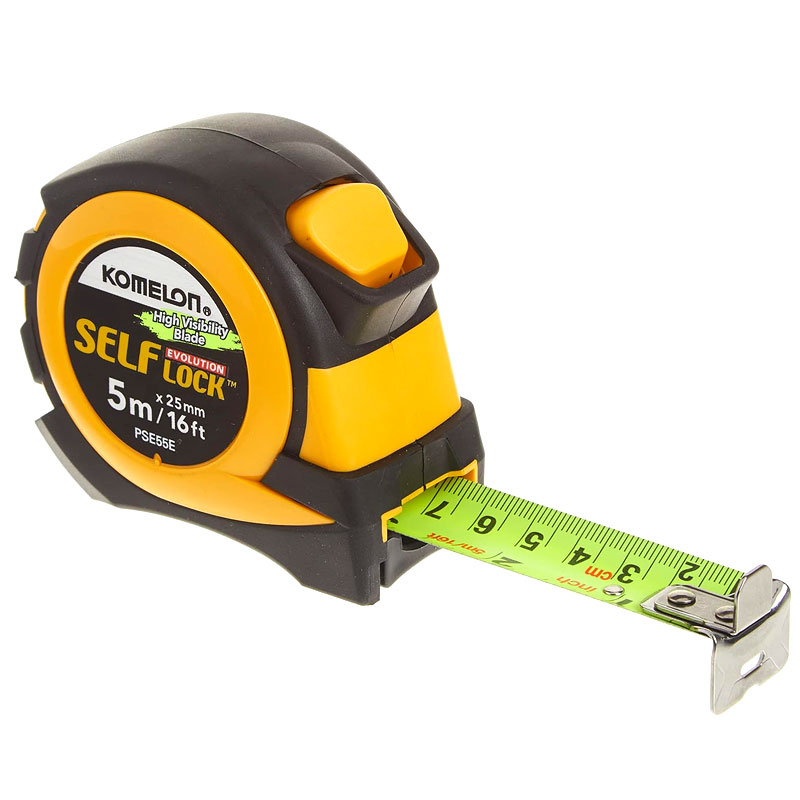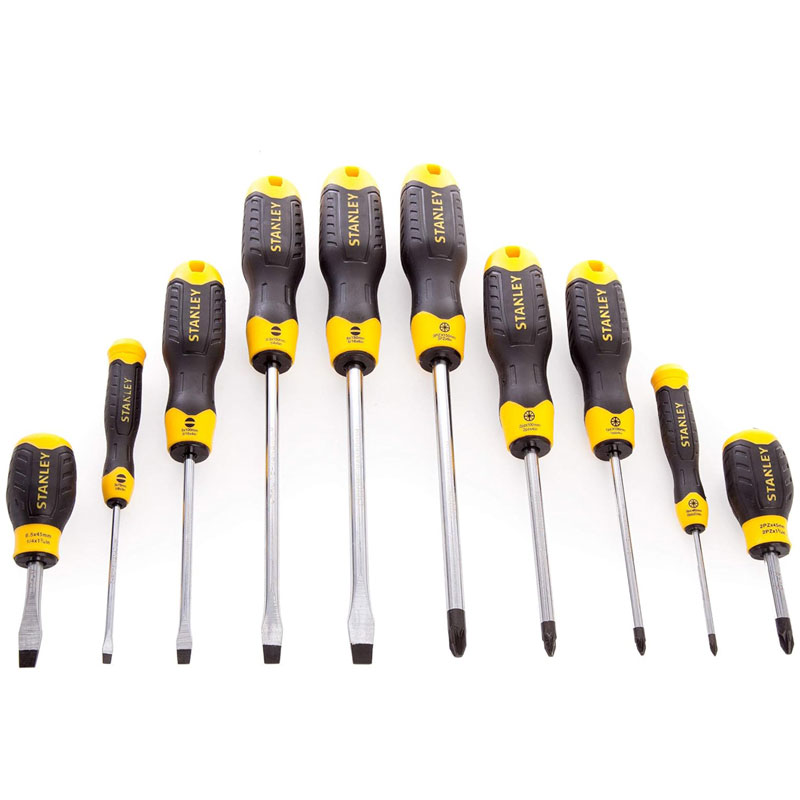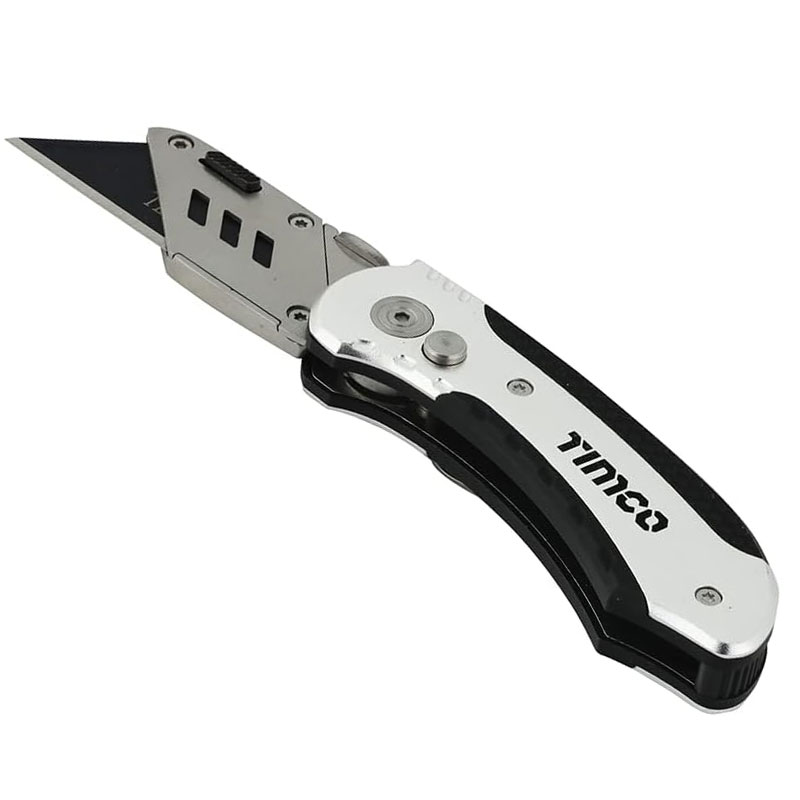How to retrofit fly screens to sliding and bifold doors — to keep bugs out
Retrofit fly screens to your windows and doors and you can say goodbye to unwanted flies and insects invading your home

Your beautiful bi-fold doors may be perfect for connecting the outside to your home but what about bugs? Knowing how to retrofit fly screens means you can enjoy the cool breeze of a summer’s evening without worrying about how many unwanted creatures are sneaking into your home.
Installing a fly screen on your bi-fold doors, sliding doors, french doors and windows means you can open them any time you want. And it's a job that any competent DIYer can tackle. But be warned most self fit solutions aren't suitable for large wide spaces. So, to fully appreciate your outdoor space you may need to call in a professional.
Here we give you the lowdown on the options, how to fit yourself and what you can expect to pay if you go DIY or call in a pro.
Retrofit fly screens: Can I fit them myself?
Fly screens come in many shapes and sizes, with a host of self fit solutions that are ideal for the DIYer, but be warned they are not suitable for every window as Harry Doling, business development director at Umbra reveals. “These (self-fit solutions) will tend to be very basic products often with size limitations. If you have a large opening such as a bi-fold door you may find that there are no DIY options for this.”
You can purchase simple and inexpensive kits like this Yotache Fly Screens for Doors from Amazon for as little as £20, but these are typically just a mesh screen that sits across a door or window opening using magnets to keep installation costs down. If you are looking for something more permanent, you need to be looking for options that include a mesh and frame to get a good fit that will last.
How much does it cost to retrofit fly screens?
Costs will vary depending on whether you decide to go down the DIY route or pay a professional to do the job. “While DIY options can be cheaper upfront with mesh and frame kits readily available,” says Doling, “They require measurement skills and proper installation techniques”
If unsure about tackling the job yourself then call in a pro. “Professionals handle these aspects and ensure a proper fit, potentially saving you time and frustration in the long run. Professional installers will also take the responsibility away from you meaning that should anything go wrong with the product, you don’t have to deal with the problem yourself.
Obviously the DIY option (more of this later) will negate labour costs, but how much will you have to pay for materials? “Budget fly screens are available online from around £100/sqm”, reveals Doling. “While premium options are available from professional installers for £1200+ per window.” And don’t forget that, “Factors such as the number of screens, window/door size, and complexity of the job will all impact the price.”
Tools you’ll need to help retrofit a fly screen

A 5m tape measure with imperial and metric measurements printed on both side of the blade and a dual end hook for easy measuring
How to retrofit a fly screen: a step-by-step guide
Before you can tackle fitting a fly screen you will need a few tools to help get the job done. These include a tape measure, a screwdriver and a utility knife for any cutting that might be needed. Here Harry Doling runs through the steps you’ll need to follow to help install your own flyscreen.
1. Measure up and get your screen
Measure the width and height of the window opening. Subtract about 1.5 cm (0.5 inch) from each measurement to allow for proper fit within the window frame. Once you have the measurements, purchase a premade fly screen slightly smaller than your window measurements.
2. Door/Window preparation
If you have an existing fly screen and you want to get rid of it and replace it with a new fly screen, the first step is to open the window fully. Then locate the spline (the thin rubber cord) that holds the mesh in the frame. Using a screwdriver, carefully pry the spline out of its channel, starting from a corner. Once loose, remove the entire spline and the old mesh.
3. Install new flyscreen
To install a flyscreen, Doling recommends that you "Follow the suppliers installation instructions". This typically includes measuring the mesh to fit inside the window with a little excess mesh. The spline is then replaced ensuring that the mesh is not too tight. A specialist tool like this Window Screen Spline Roller Tool from Amazon is ideal to replace the spline. The final step is to remove the excess mesh with a knife.
4. Test and make final adjustments
Once the mesh has been installed in the frame and fitted you need to gently close the window or door to check for a proper fit. The screen shouldn't bulge or hinder closure. Finally, make any minor adjustments as needed.
FAQs
Is there a difference between fitting to a bifold door and sliding door?
The difference between sliding doors and bifold doors lies in their design. Sliding doors slide behind each other, while bifolding doors close together on a hinge. So how you fit them depends “On the type of flyscreen you go for,” shares Doling.
“If you go for a fixed screen there is unlikely to be much difference, however if you go for a rolling retractable fly screen you will have to be aware of the space required for rolling this up. You need to make sure it doesn’t conflict with the way the door opens.”
Can you buy bifold/sliding doors with flyscreens already fitted?
Typically fly screens are retro fitted to doors and windows to help keep out insects but some manufacturers have systems that encompass doors and fly screens, but these are rarely a budget option as Doling explains, “Yes you can, but these tend to be the premium versions. A good example is Centor doors, who have an option where you can choose to add a flyscreen option in.”
Are there different types of fly screens?
When looking to retrofit a flyscreen you have a few choices from which to choose from, “The main choices are fixed or retractable.” reveals Harry Doling. “Then within the retractable category you can have ones that travel side-way and versions that travel up and down like a roller blind.”
But which should you choose? “The most suitable type for you will depend on your window and application,” continues Doling. “For example, a kitchen may require permanently fixed fly screens in place on the windows. Whereas opening spaces such as bi-fold doors are likely to need retractable screens.”
But it’s not just the opening that needs attention. “It’s also important to look at the way the flyscreen is controlled. Some will be manually operated – either a chain, or you can move them with your hand. More premium options will have electric motors but even these are becoming very affordable and can add a touch of luxury to your home. One tip from Doling is, “If you already have electric blinds (or want to install electric blinds) adding in electric fly screens from the same controller is a good idea.”
Retrofitting fly screens to your doors and windows means you can enjoy your indoor and outdoor together. Check out our patio lighting ideas, best patio heaters and patio planting ideas to add extra ambience to your outdoor space.
Get the Homebuilding & Renovating Newsletter
Bring your dream home to life with expert advice, how to guides and design inspiration. Sign up for our newsletter and get two free tickets to a Homebuilding & Renovating Show near you.
Steve Jenkins is a freelance content creator with over two decades of experience working in digital and print and was previously the DIY content editor for Homebuilding & Renovating.
He is a keen DIYer with over 20 years of experience in transforming and renovating the many homes he has lived in. He specialises in painting and decorating, but has a wide range of skills gleaned from working in the building trade for around 10 years and spending time at night school learning how to plaster and plumb.
He has fitted kitchens, tiled bathrooms and kitchens, laid many floors, built partition walls, plastered walls, plumbed in bathrooms, worked on loft conversions and much more. And when he's not sure how to tackle a DIY project he has a wide network of friends – including plumbers, gas engineers, tilers, carpenters, painters and decorators, electricians and builders – in the trade to call upon.



